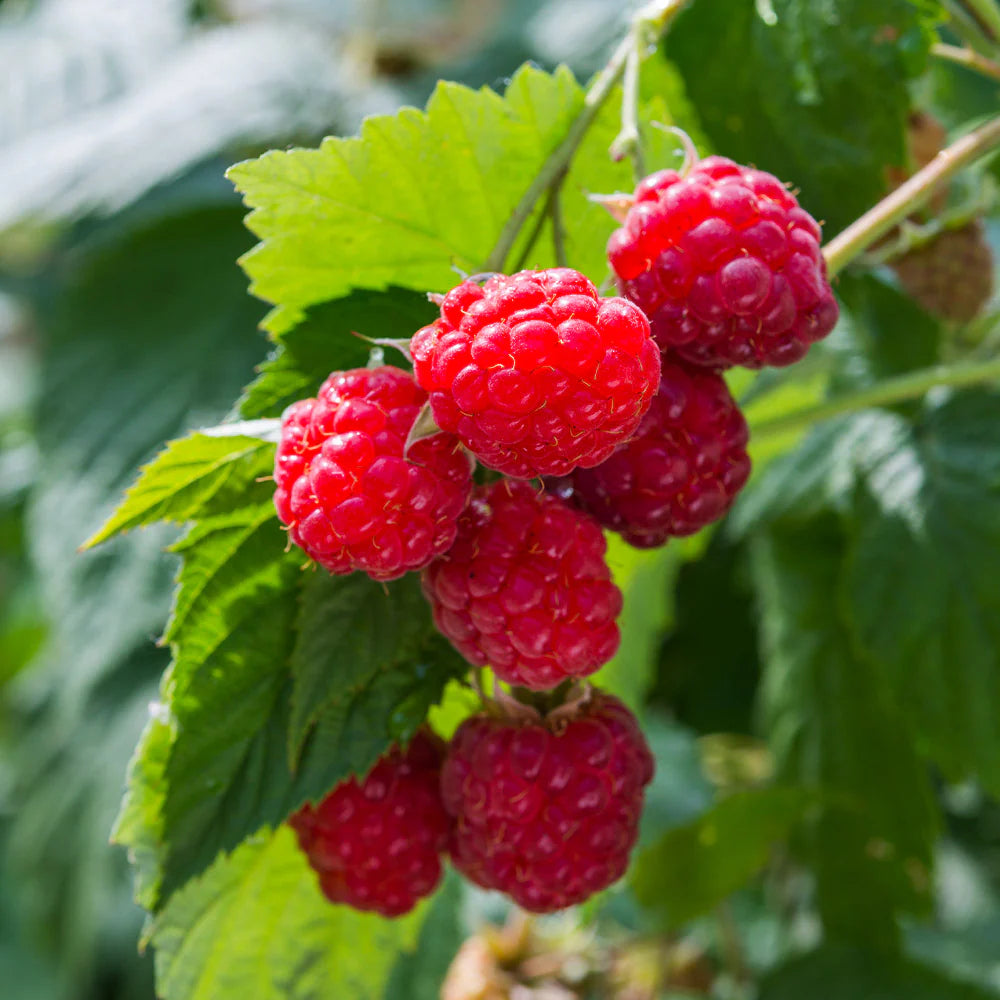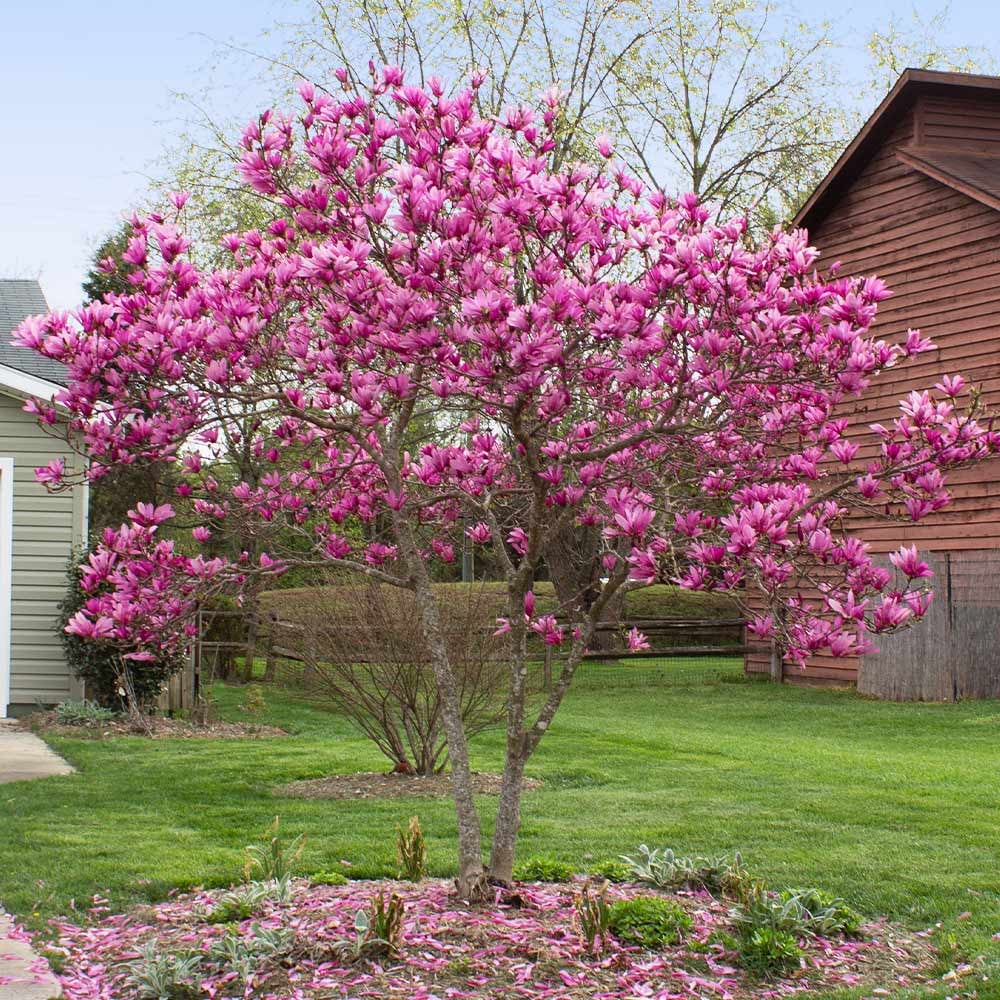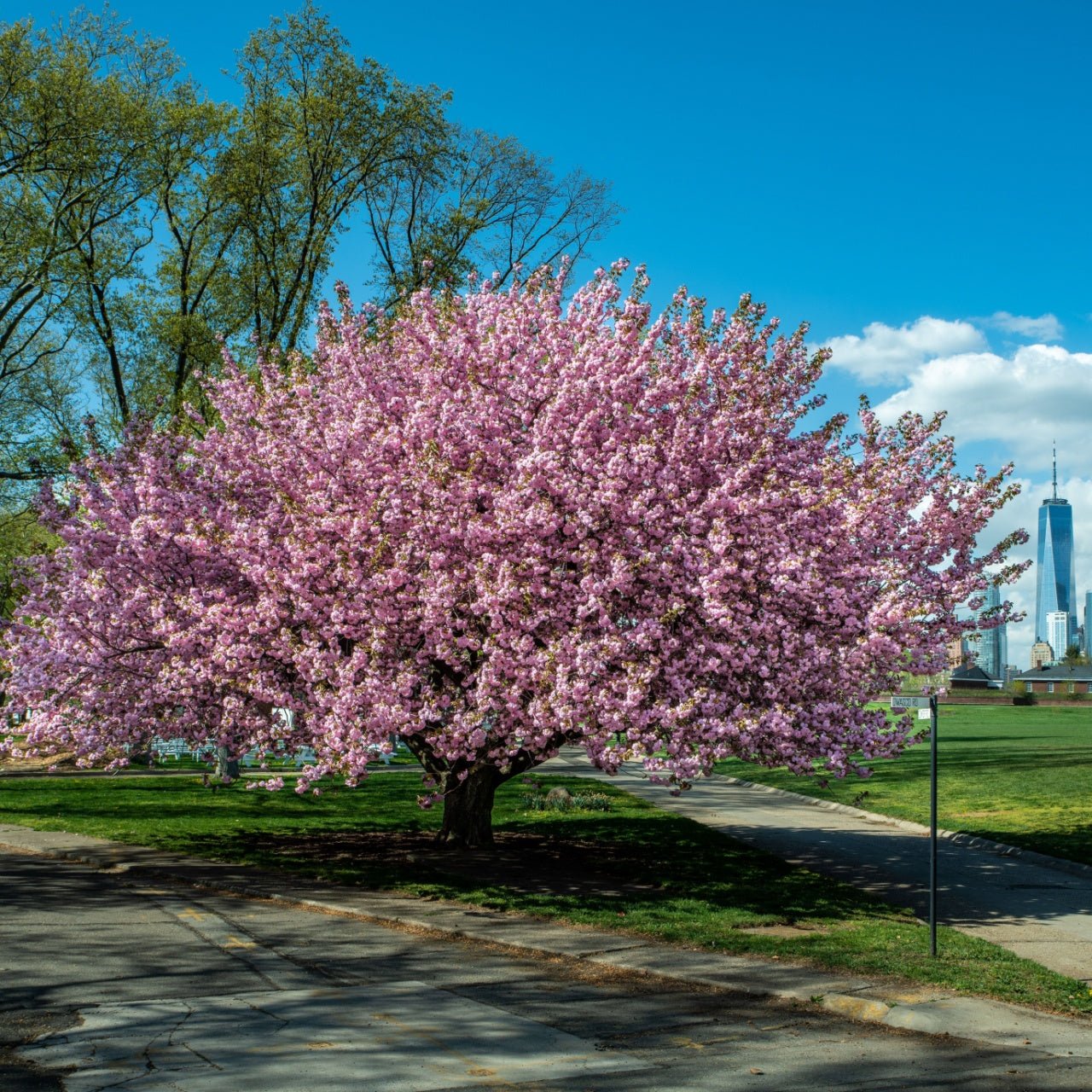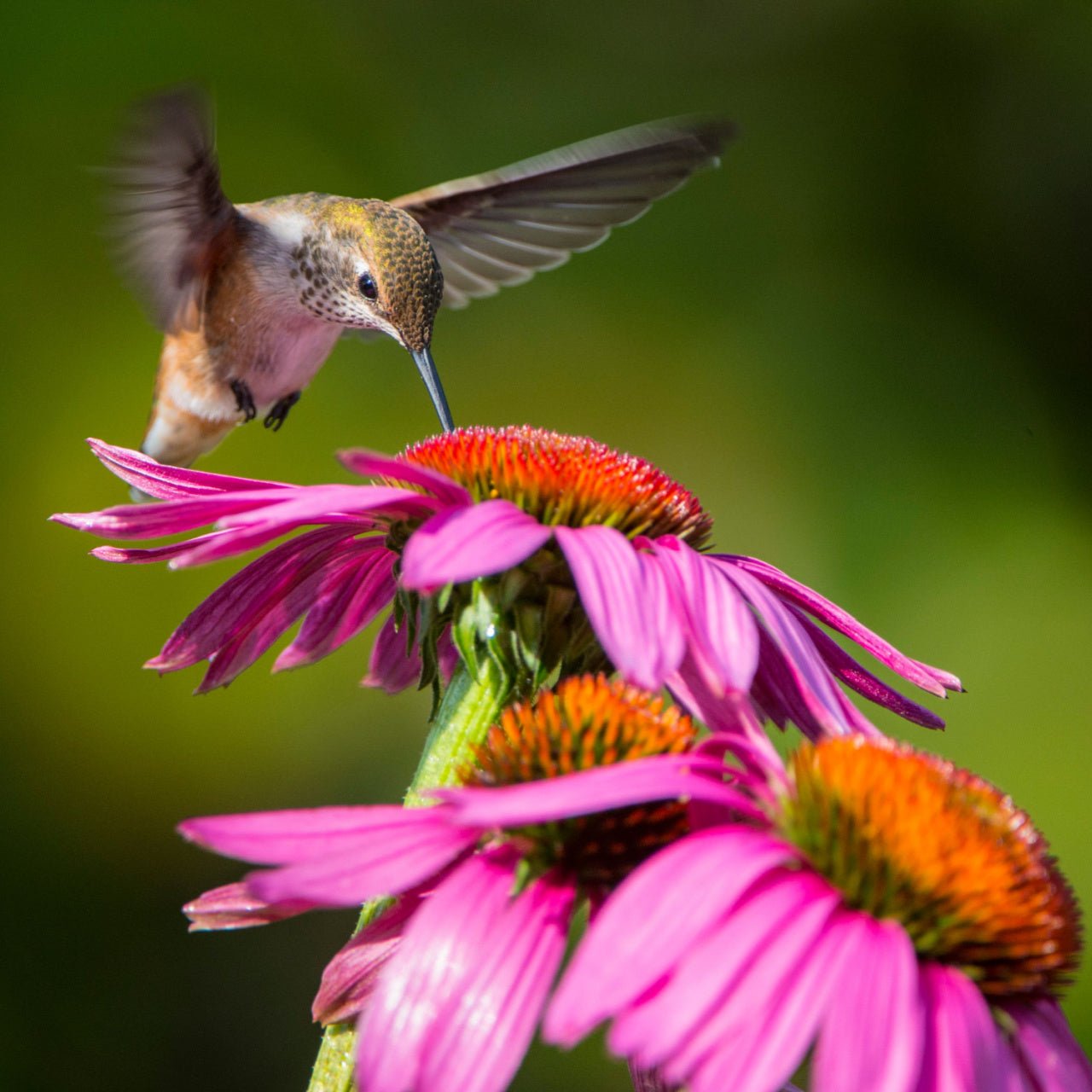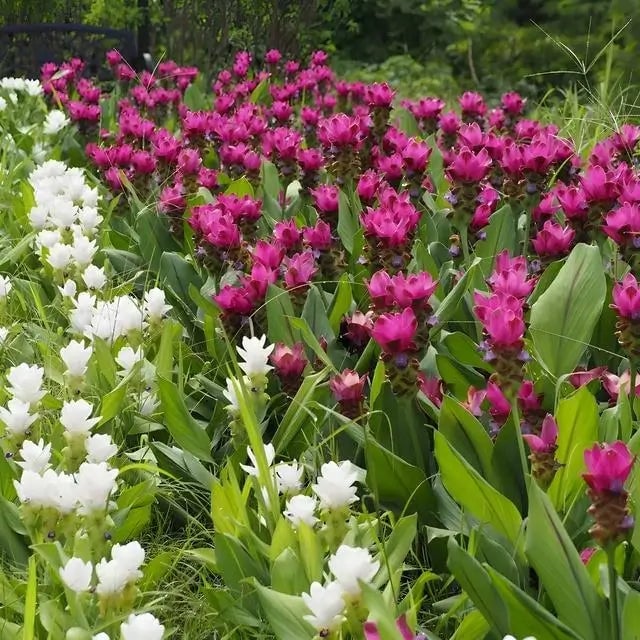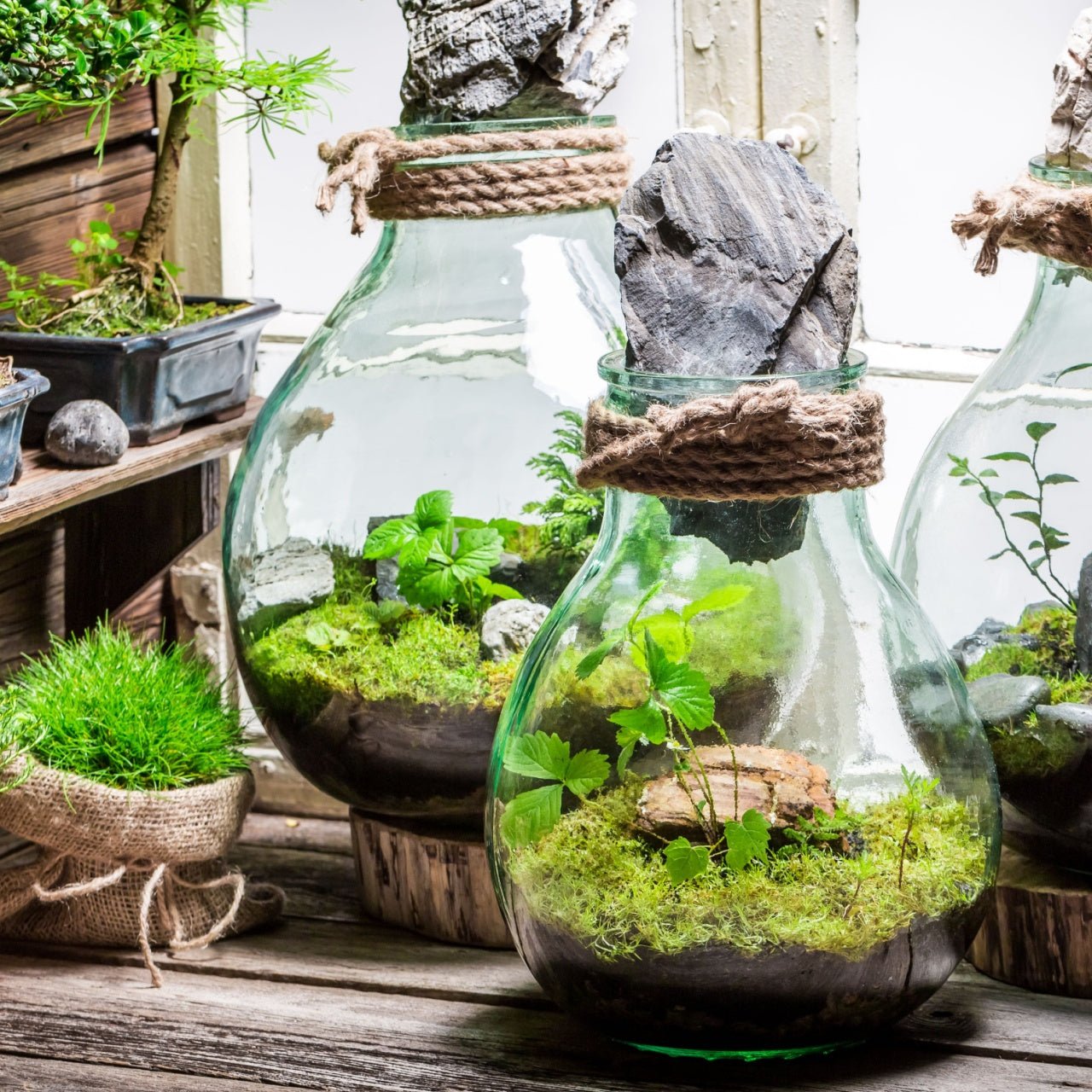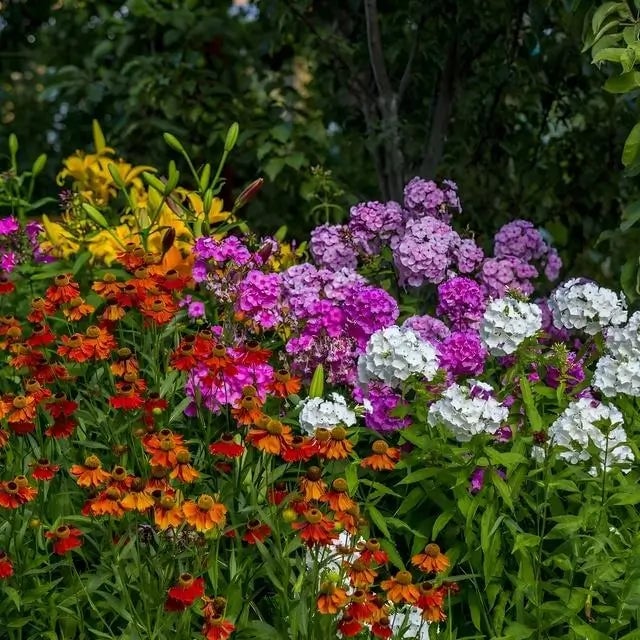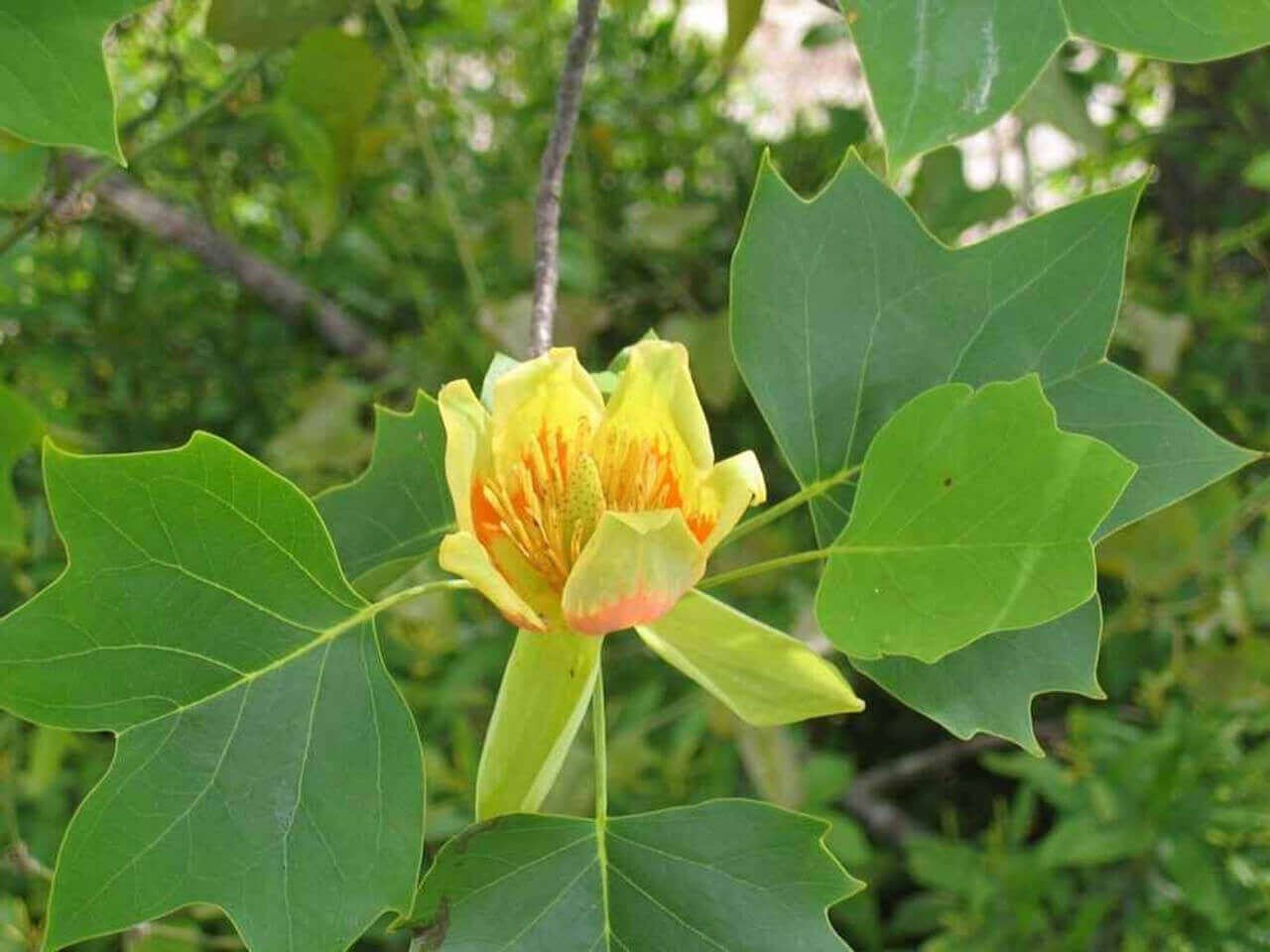

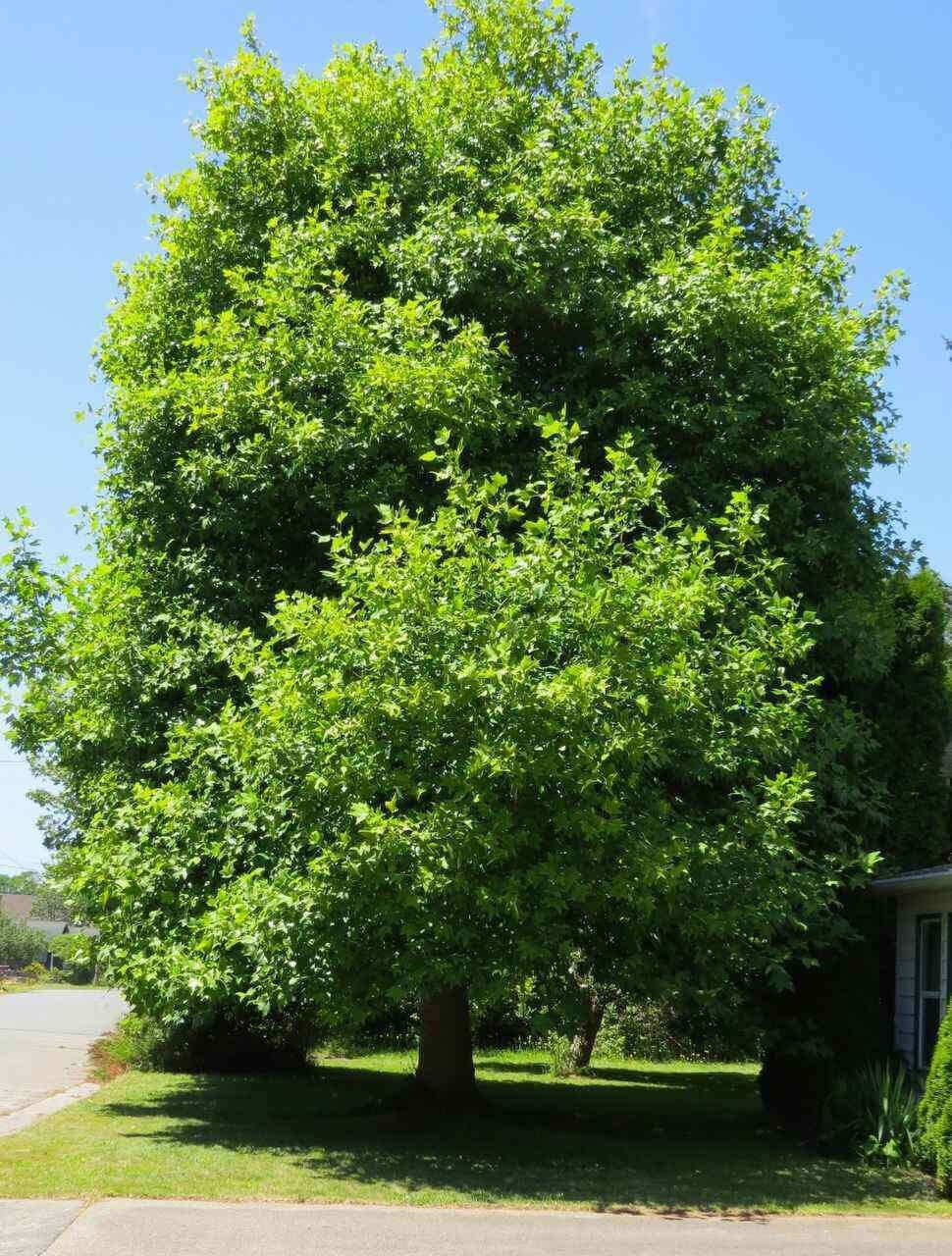

Tulip Poplar Seedlings
Thrives in Zones 3 - 8
Fast-growing with tall, striking form
Attracts beneficial pollinators and wildlife
Minimal maintenance and disease-resistant
Ships in
November 2025Tulip Poplar Seedlings - Liriodendron tulipifera
While walking down a sidewalk in the spring, you may spot a whimsical trail of bright yellow or orange petals. This is an early sign of one of North America’s most anticipated seasonal tree displays. Tulip Poplar seedlings grow into trees admired for their incredibly showy, warm-colored flowers, captivating all who witness their stately beauty. It is known to be one of the tallest native trees in the entire continent.
Plant Details - Tulip Poplar Seedlings
Family: Magnoliaceae
Light Requirement: Full Sun
Water Needs: Moderate
Height: 70-100 ft.
Spread: 30-50 ft.
Growth Rate: Fast
Bloom Time: Late Spring – Early Summer
Flower Color: Green, yellow, orange
Wildlife Value: Highly valuable for pollinators, provides shelter for small mammals
Around May, the iconic blooms poke out high up on the canopy like a hidden treasure. True to its name, the blooms sit upright similar to tulips. This upright flower position is advantageous for attracting pollinators, who rely on easy access for nectar. This tree requires as much sun as possible for optimal flower production and will not perform well in the shade. It can be expected to grow a few feet every year, transforming before your eyes. The deep green foliage stuns in the summer and turns to a deep golden color at the end of the season. Native butterfly species prefer to host their larva on the branches of this tree, further cementing itself as a keystone in a native landscape.
Landscape Uses and Maintenance - Tulip Poplar Seedlings
As a fast grower, this tall tree can easily be implemented into the landscape with very low maintenance needs. It works quick as a windbreaker or shade tree, providing thick cover for a yard or other plants. As Tulip Poplar Seedlings, the tree is at its most tender and requires some guarding from drought and excessive wind. Because of the potential for grand height and width, it is important to select a large enough planting site that allows this tree to stretch out. It requires consistent moisture in well-drained soil.
Noteworthy Characteristics
One of the most distinctive features of Tulip Poplar Seedlings is the unique foliage. The leaves are four-lobed and a bit square-shaped. In fact, the leaf is like the silhouette of a tulip blossom!
This Is How Your Plants Will Look upon Delivery

Bloom Season
Spring
Bloom/Foliage Color
Yellow
Height at Maturity
Over 25 Feet
Care
Tulip Poplar seedlings need consistent moisture, especially during their first few years. Water them regularly, ensuring the soil is evenly moist but not soggy. In early spring, fertilize with a proportional, slow-release fertilizer. Prune to maintain a central leader and remove any damaged branches.
Plant Reproduction
Tulip Poplar seedlings spread via wind-dispersed seeds, forming new growth
Plant seedlings in early spring or fall when temperatures are mild. Choose a well-drained site with the proper sunlight for the tree species. Dig a hole that's deep and wide enough to support but not hamper the root system without bending or crowding the roots. Place the seedling in the hole, ensuring the root collar (where the roots meet the stem) is level with or slightly above the soil surface. Fill the hole with soil, and pack it around the roots to remove air pockets. Water thoroughly after planting and keep the moisture consistent, especially during the first few years, to help the roots establish. Put a 2-4 inch layer of mulch around the base, but keep it away from the trunk to retain moisture and prevent weed growth. Protect the seedlings from pests and physical damage with suitable guards or fencing. Tree seedlings will thrive and grow into strong, healthy trees with proper care.
Shipping date depends on the date displayed and chosen when you order from the product's page.
We do not accept returned plants. If you purchased an extended warranty we do accept claims, please navigate to the warranty page for instructions HERE





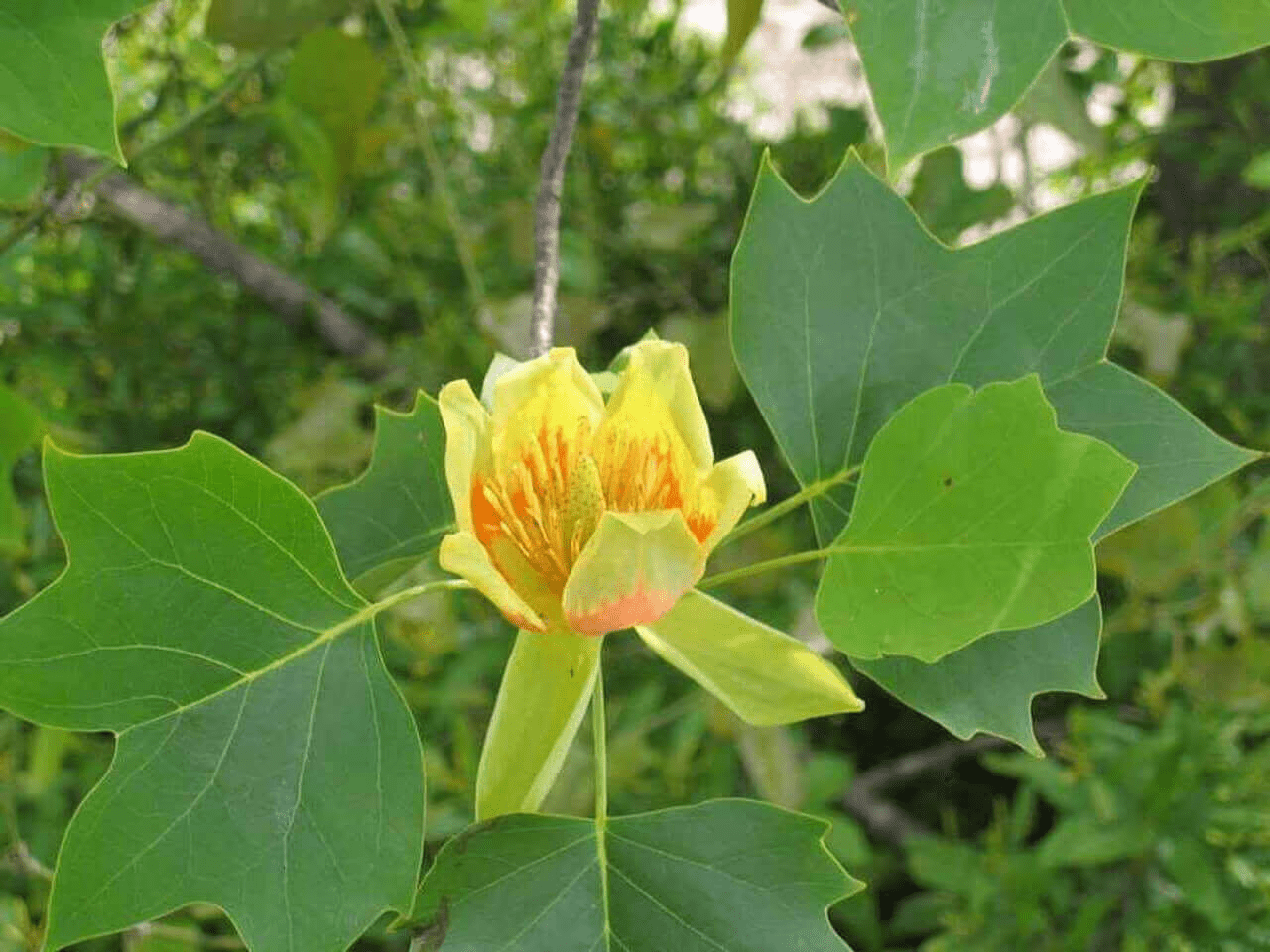
Stunning Aesthetic:
Vibrant green leaves turn brilliant yellow in fall, offering seasonal beauty.
Rapid Growth:
Reaches up to 70 feet quickly, enhancing landscapes in just a few decades.
Hardy and Resilient:
Thrives in various soil types and conditions with minimal maintenance.
Ample Shade:
Provides a cool, comfortable outdoor space with its expansive canopy.
Hardy and Resilient:
Thrives in various soil types and conditions with minimal maintenance.
Header
Use this content to share information about your store and products.
Frequently asked questions
Still have a question? Contact us here.
Yes, we ship all over the world. Shipping costs will apply, and will be added at checkout. We run discounts and promotions all year, so stay tuned for exclusive deals.
It depends on where you are. Orders processed here will take 5-7 business days to arrive. Overseas deliveries can take anywhere from 7-16 days. Delivery details will be provided in your confirmation email.
You can contact us through our contact page! We will be happy to assist you.








